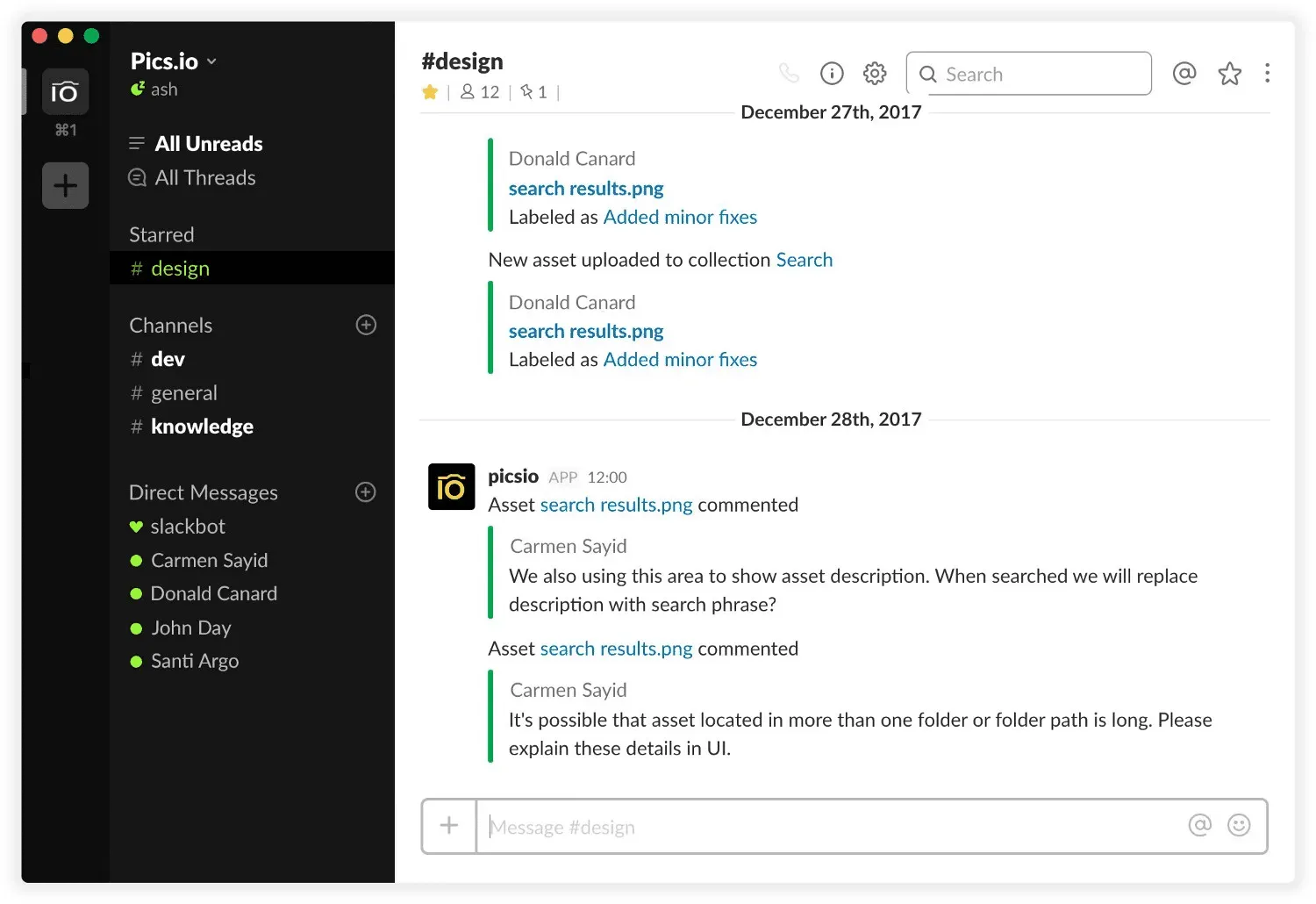In this article, you’ll learn:
Updated January 2021
A cup of coffee, a leisurely scrolling through the news feed, and a couple of hellos in the online work chat — sounds like the beginning of a typical working day for many of us these days. Speaking about the latter, how often do you find yourself more comfortable chatting with your teammates online rather than actually talking to them? In the age of remote work, online chats become the reality, which we need to adapt to.
It’s crazy that we must prefer digital chatrooms to real conversations, but that’s the way it is. Such a situation has not begun only in the coronavirus times, when we all stay at home, but is the long-term phenomenon we might have missed. Maybe, this is the much-hyped society of introverts that can explain this phenomenon. Or maybe, we are talking about the development of entirely new business ethics here.

Why Do you Need an Online Chat like Slack?
In fact, with more and more team members working remotely from everywhere in the world, digital communication is becoming indispensable for almost any work environment nowadays. It is the real part of evolving digital marketing technologies.
When the whole staff starts working remotely, online public chatrooms can help a lot to streamline teamwork in much more ways than you can imagine:
- You are more likely to receive an answer to your question when you address them to a group of people in the virtual chat. As conventional wisdom goes, two heads are better than one!
- It’s a good way to get to know the answer to a question before you actually stumble against this problem in the future.
- Everybody becomes aware of some difficult issues that might hinder the overall team workflow.
- We actually save everybody’s time, as more than one person might want to ask the same question.
- When writing in a virtual office chat, you can easily track the whole history of the dialogue and see who said what and when.
- Everybody knows what is happening in the time it is happening. In this way, we say no to possible delays and miscommunication and keep everybody on the same page.
Talking about miscommunication, it does happen now and then whether we like it or not. Have you ever found yourself working on something without being aware that your teammate has already made some changes, which now sends all your work down to the drain? Or you yourself forgot to let your designers know that this part of the program now works differently, meaning that all those beautiful images your designer has come up with are now useless. Even if you use cloud-based services, such as Google Docs or Dropbox Paper for collaborative work, there is always a chance that you forget to check on some possible changes happening to your files without you being aware.
We’ve all been there… Everybody is sorry, but precious time and energy are already wasted.

Why Do You Need Slack as a Remote Work Chat?
The good news is that we are all people, and it’s human to forget things and make mistakes. Other good news is that there are document management systems and digital marketing technologies to help us avoid these unfortunate situations. Coming back to the issue of online working chats, there is a fair chance you are already using one in your team. And if you are already using an office chatroom, there is a fair chance that you have chosen Slack, which is now by far the most popular choice for businesses across countries and industries.
So, if you are already using Slack, it might be a good idea to get the most of it! Unlike many other messengers, Slack can be easily integrated with many other services you are using in your remote work, such as Trello, GitHub, Jira, Asana, Pics.io, to name just a few.
Once you integrate your Slack account with the app you need, you have your entire communication in one place, without having to remember to take a look at what your teammates are up to.
What We at Pics.io Do with Slack?
We in Pics.io find Slack pretty cool. Being ourselves a team with people working remotely from where they are based in the world, we appreciate the versatility of Slack and its freedom and efficiency it gives to our team workflow.
How do we use Slack on an everyday basis?
- Pull requests and deployment statuses from Github.
- Access requests and file-sharing notifications from Google Drive.
- See new versions of assets & comments uploaded in the Pics.io app.
- Get the previews of files uploaded in Pics.io.
All sorts of other important information trickle down effortlessly to our channel in Slack from all major services we are using in our work.
In the same way, you can keep working away on your project without having to worry about notifying your teammates of the changes you make. Notifications will be sent automatically to the chosen channel in Slack, and all your teammates assigned to this channel will learn about these changes immediately, without having to go elsewhere. For improved visuality, you’ll even see the previews of new assets or revisions.
So, everybody stays up-to-date, nobody is forced to do unnecessary work, and no time is wasted.

Funnily enough, one can come to a surprising conclusion that with the right technology at hand you can ensure much more effective communication in your office without actually talking to anybody in person! This is really the remote work future at our doors, which we can embrace together.
Do you already have your Pics.io account integrated with your Slack chat? If not, maybe it’s high time to try!




